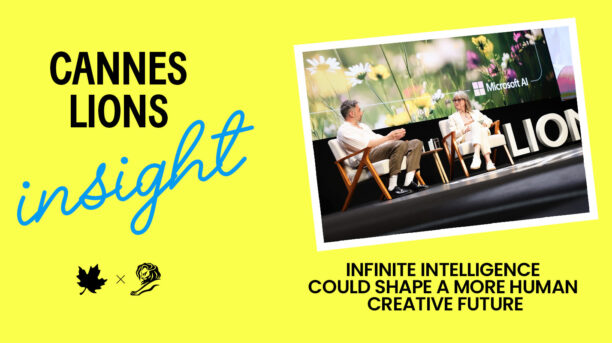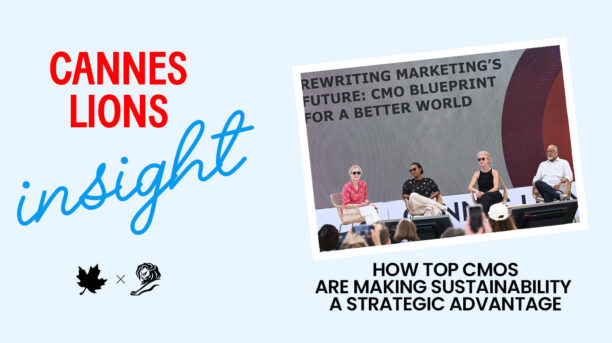Google on the innovative possibilities AI brings to the creative landscape, emphasizing the significance of a bold and responsible approach.
Google firmly believes that AI has the potential to enhance and expand human creativity, ushering in a new era of artistic expression, according to Google’s senior VP of research James Manyika and vice-president of Creative Lab Robert Wong. By integrating AI into its products, the company have empowered billions of users worldwide with enhanced experiences. For instance, language models like ChatGPT utilize vast amounts of data, learning patterns and predicting responses that are contextually relevant and valuable.
Manyika and Wong say generative AI tools have emerged as remarkable allies, complementing the creative process and pushing the boundaries of artistic exploration. Rather than supplanting human artistry, AI acts as a collaborator, encouraging novel perspectives and unleashing untapped creative potential. Artists are discovering inspiration in videos co-created with AI tools, viewing them as partners in the creative journey.
Within Google Creative Lab, AI serves as a catalyst for innovation, facilitating groundbreaking advancements. From generating custom comment replies to prototyping the Google brand, AI is a valuable tool in expanding the horizons of creative endeavors. This synergy between AI and creativity is instrumental in shaping the future of artistic expression.
While AI presents immense possibilities, responsible development is paramount, say Manyika and Wong. Google places a strong emphasis on fairness, inclusivity, and trustworthiness in AI technologies. We actively work towards addressing challenges and fostering a collective effort that involves researchers, social scientists, industry experts, governments and everyday individuals.
It’s essential to recognize that AI’s impact extends beyond creativity and touches upon the job landscape. While certain occupations may undergo transformation, AI empowers individuals to focus on tasks that align with their unique skills and expertise. AI is designed to complement human abilities, enriching professional endeavours rather than replacing them.
Key Takeaways:
- AI serve as an enhancer and catalyst for human creativity, unlocking new dimensions of artistic expression.
- Generative AI tools act as collaborative partners, expanding creative potential and encouraging novel perspectives.
- Responsible AI development prioritizes fairness, inclusivity, and trustworthiness, ensuring a positive and equitable impact on society.
- AI reshapes the job landscape, enabling individuals to focus on tasks where their skills are most valuable.
– Katherine Scarrow






